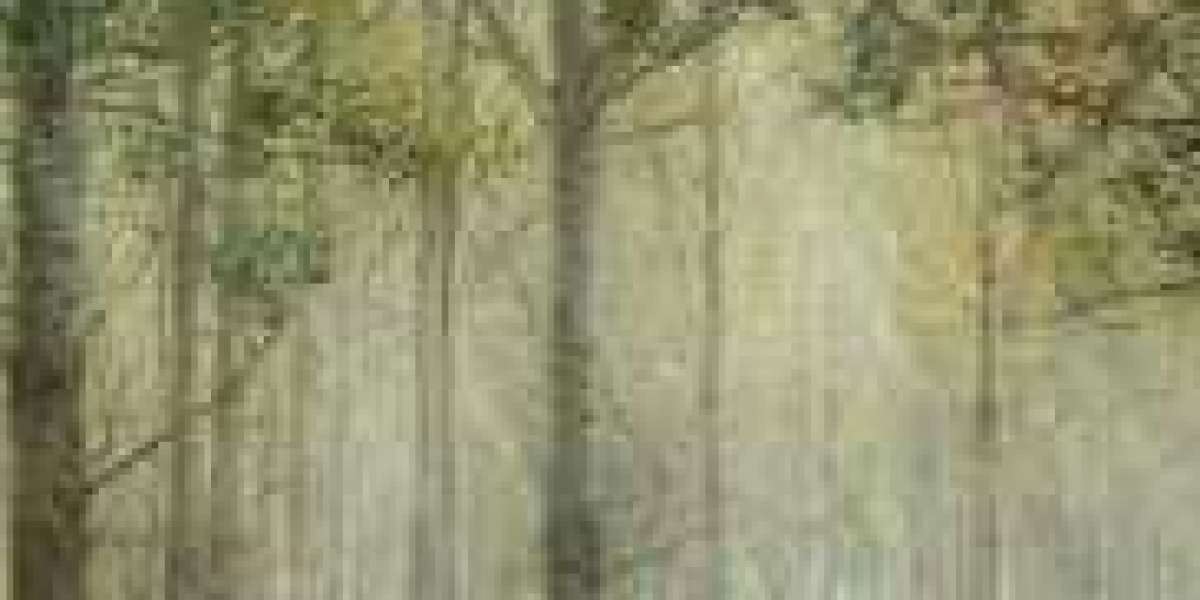People have been extending protection from the elements beyond the entrances to their buildings for thousands of years. The ancient Greeks built covered walkways or porches called stoae alongside their public buildings, often surrounding their open agorae and marketplaces and becoming part of those markets. Covered arcades became a staple of such styles of Mediterranean architecture as Italian, French, Spanish, Moorish, and Arab architecture. Protection from the elements at entrances have included porch-like porticos, such as those at Buckingham Palace and the White House, porte-cochères under which vehicles could pick up and discharge passengers, and the usually sign-covered marquees in front of some theatres and hotels.
Entrance Canopies and Covered Walkways' Current Uses
Many types of structures and institutions now use entrance canopies and covered walkways. Hotels and motels, of course, provide porte-cochères to enable their guests to check in and out in any weather. Many large buildings, both public and private, employ porticoes to ease the transition between shelter and the weather. Supermarkets provide covered areas where their customers can load their groceries into their cars or other transport out of the rain or snow. Companies and schools with campuses having multiple structures erect covers over their footpaths. Canopies provide shelter for parent waiting areas and bicycle stands. Public swimming pools install sail canopies over their baby pools to protect delicate young skin from the sun. They're particularly useful for protecting disabled car parks, as disabled drivers often have to take a long time to get in and out of their vehicles.
Types of Canopies Available
Entrance canopies and covered walkways must be functional, and most are basic in their appearance. They can, however, also be architecturally attractive features that extend the aesthetics of the principal structure. They provide an opportunity for building owners to make a statement as well as to provide shelter. They can have metal, masonry, timber, recycled plastic, or some other type of rigid frame in any shape imaginable. Their actual canopies can be fabric, transparent or tinted plastic, or some other material. The clever use of unusual materials and striking colours can greatly enhance their visual appeal. For information visit here canopy consulting
Choosing a Canopy Design
For small entrance canopies and covered walkways it might be best to choose from the manufacturer's standard range in order to keep the cost down. For larger canopies and shelters you should seek out a custom, individualised bespoke design, either by your own architect or one of the manufacturer's design consultants. Work closely with the architect or designer to ensure that you get both a design that pleases you and one that is a suitable extension of your existing structure. You'll need to decide if you want to use complementary or contrasting materials, as contrasting materials can be both aesthetically striking and cost-effective, especially with older buildings. Remember, in particularly windy areas you may need to have the design include side screens. Also consider whether you want your canopy to provide shade as well as shelter, as this will have a bearing on the type of cover you choose.



